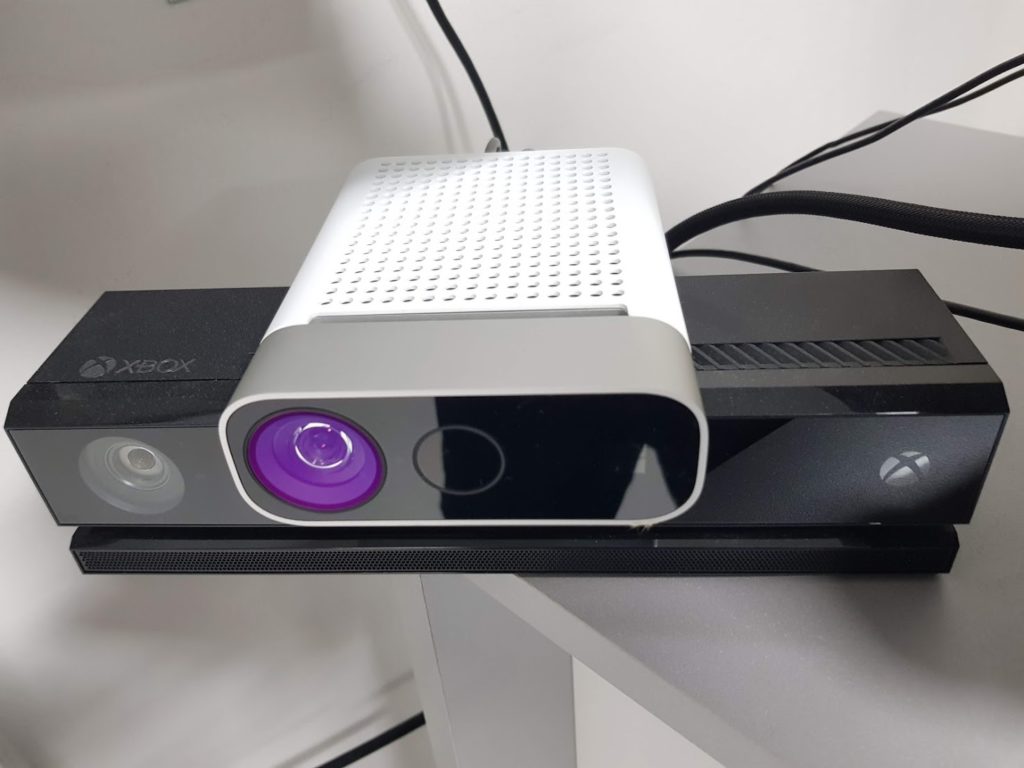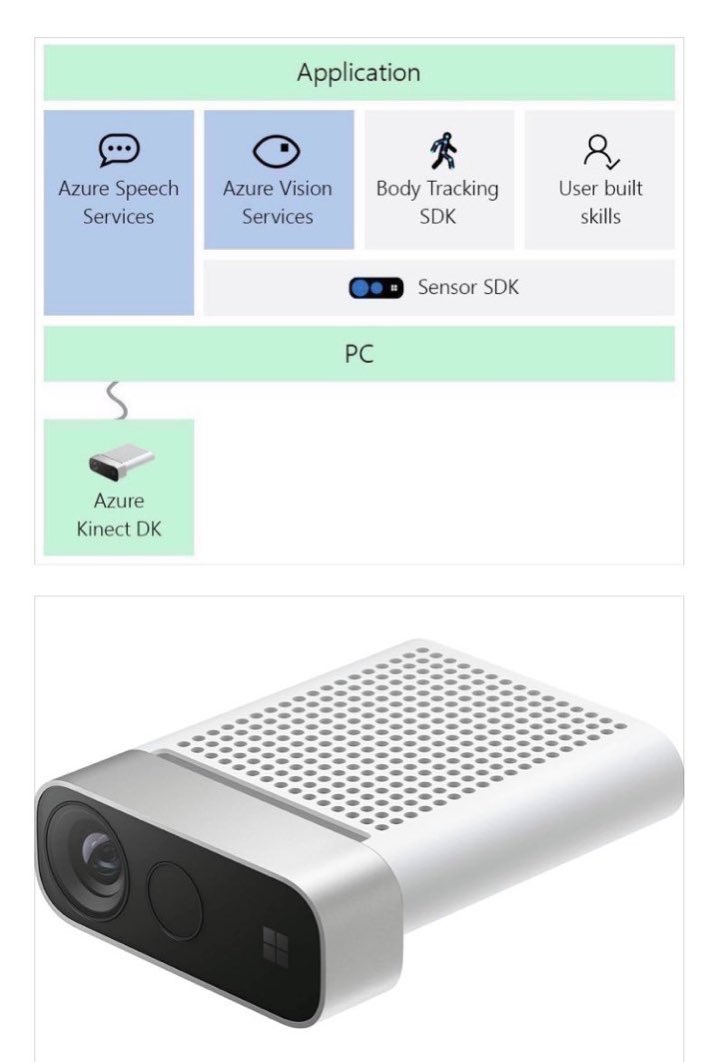

I thought that the following image was especially useful in showing the differences in the FoV. The following diagram is from Microsoft’s site showing the three fields of view of the cameras. There are two depth sensing cameras: one with a narrow FoV and another with a wide FoV. An item being within the field of view (FoV) of one of the cameras does not indicate that it is within the FoV of all three of them. (The spacing of these holes can also be found on the Azure Kinect specifications page) The distance between the screw holes and the screw size is labeled. In addition to the standard quarter-inch screw mount that is commonly found on cameras, removing the sleeve on the underside of the the Azure Kinect DK exposes screw mounts on the side. The back end of the Kinect is covered with a plastic sleeve that slides off to show additional mounting options. The body of the Kinect itself is an anodized aluminum. The Azure Kinect DK has a solid feel to the build. sudo apt install k4a-tools Physical Build

It works on Ubuntu Linux 18.04 in addition to working on Windows! To install the tools on Linux you can do the following. The SDK for the Azure Kinect DK is available from Microsoft for free.


When connected to a computer that supports USB-C Power Delivery, only the USB-C cable is needed. The Azure Kinect DK comes with the camera itself, a USB-C to USB-A cable, and an external power supply. In the future, I will go deeper into the code. In this post I will only give a brief introduction to the Azure Kinect DK. While the device is supported by Azure branded services, it is a fully implemented device with local functionality of its own. Because of the Azure branding, I expected it to only be a streaming device for getting data into the Azure Cloud for processing. My interest in the Azure Kinect DK has increased since I was able to get my hands on one of the devices.


 0 kommentar(er)
0 kommentar(er)
